
Hermes and Gucci: How Fashion Brands Started Teaching Craft?
This September, the Moscow Museum hosted notorious "Hermes behind the scenes". Hermes Behind Curtains exhibition, where nine Hermes’s ‘craftsmen’ were eager to demonstrate and show everyone interested the backstage of the Holy of Holies – the process of producing iconic apparel and accessories of the famous fashion house. Each of 10 pavilions was dedicated to the specific craft technique. the exhibition hosted experts on leather and silks, artists painting the brand dishware and goldsmiths busy working on exclusive pieces of jewelry – all willing to share the unique methods of the trade that previously had been available only to a few chosen ones.
The idea of such an unusual event is as simple as it can be: year by year we become more and more careful in choosing the products to buy, so we want to know exactly how one or another specific item is made. Therefore, the most prominent fashion houses in the world have adopted a new heading towards transparency and started not only tell about what and how they do, but also let us see the process with our bare eyes. Moreover, they are now willing to betray their long-cherished trade secrets. Indeed, if a short master class can give you a general understanding of the process, but is barely able to familiarize the attendee with all the subtle details and tricks of working with textile or leather, then the in-depth educational program and courses are the best way to share the large and complete volume of information.
Industrial Craft Shop and Laboratory Gucci ArtLab
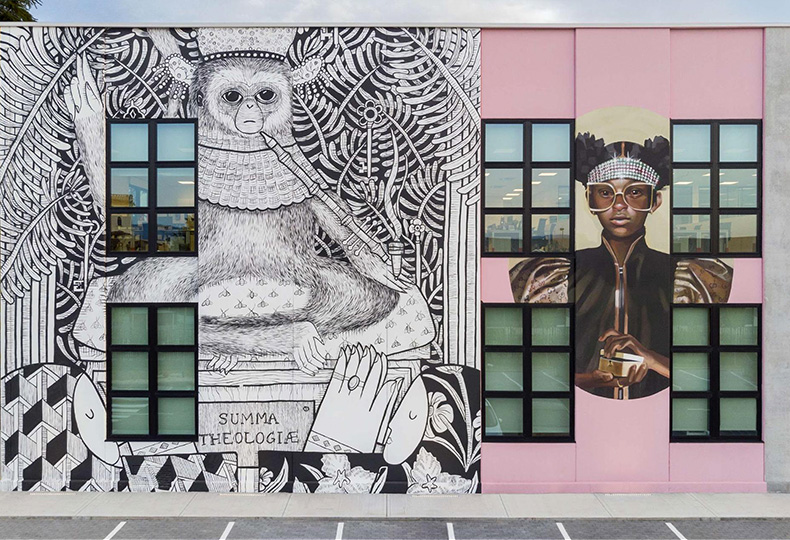
Skillful professional wearing white coats bended over the machines to produce the leather bags and the finding according to ancient technologies, just like their predecessor did a century ago. The writing on the back of their garment says: Maison de l'Amour (which means House of Love in English). The House Of Love is Gucci ArtLab, a futuristic laboratory and industrial craft shop at same time, which was opened by François-Henri Pinault, Chairman & CEO of Kering, and Marco Bizzarri, President and CEO of Gucci. The “craft laboratory” with façade painted in bright graffiti is located in proximity to the brand headquarters, in Casellina just outside of Florence. The facility occupies a total of 37 000 square meters and employs 800 individuals.
École de l'Amour Program, Gucci
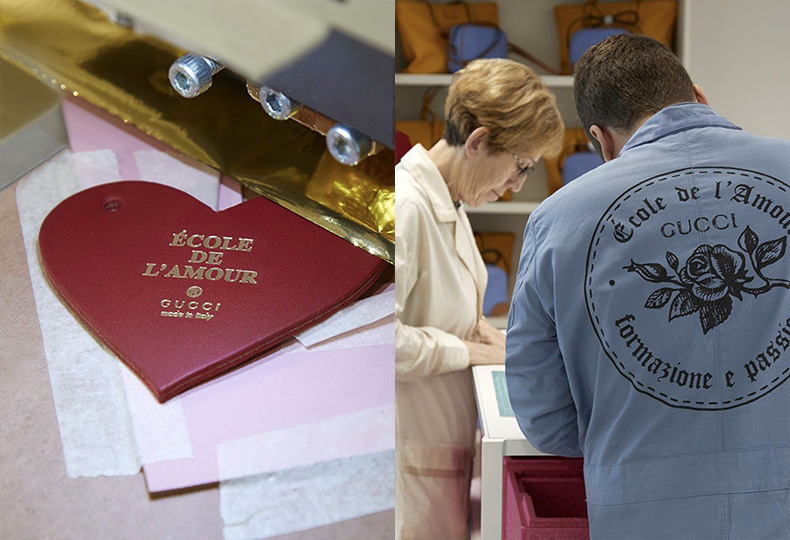
Late last years, the fashion house launched its own École de l'Amour (School of Love) education program as part of the ArtLab project. The School of Love will operate both in Milan and in Casellina and is intended fr those how are willing to tie their professional carrier with the fashion industry. Although the academic staff will not include brand’s Creative Director Alessandro Michele, the lectures will be given and the craft classes will be delivered by current and former Gucci employees, who dedicated to the fashion brand the most part of their lives. Currently, Gucci announced three different courses as part of their educational program. The Craftsmanship School is six-month program in the Gucci ArtLab, which aims to teach about product design and production process for leather goods. The second one, Factory School, is bi-monthly program, which trains people in specific leather goods manufacturing operations. Finally, the third course called Technical Academy will educate the students about new technologies introduced in the industry and as in internal training program intended for brand’s in-house employees. In the future, Gucci is also planning to launch dedicated course focusing on production of shoes.
The idea of program is to make the brand’s production as transparent as possible and clearly demonstrate how and from which materials the brand products are produced. Besides that, “training is the most powerful method and tool we have to enhance our people and our products”, Marco Bizzarri, Gucci’s CEO, says with confidence.
Institute of Craftsmanship, LVMH
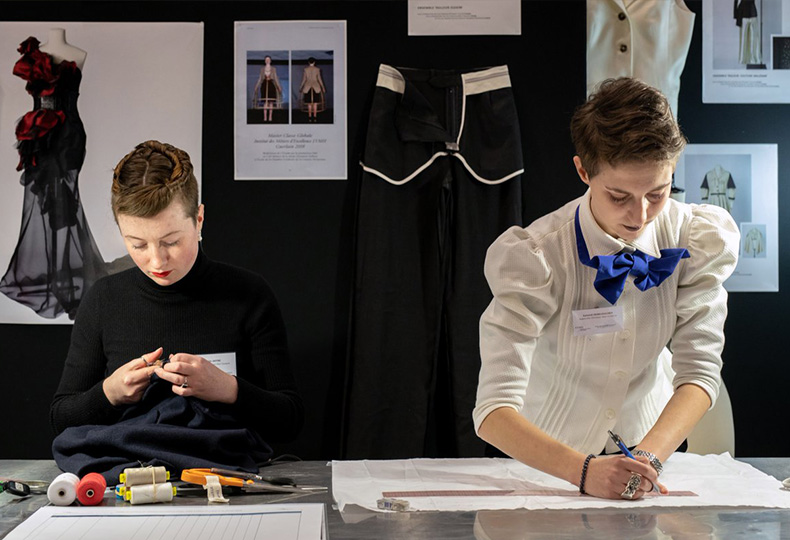
LVMH opened its Institute of Craftsmanship or Institut des Métiers d'excellence in 2014. The first courses announced as part of the program included the Jewelry Arts Classes designed in cooperation with Paris Jewelry School (BJOP) and Dressmaking classes supported by School of the Chambre Syndicale de la Couture Parisienne (ECSCP). In 2017, LVMH also signed partnership with Polimoda Institute of Fashion Design. Together they launched another educational program focusing on leather craft. Each program consists of classes, where the students learn theoretical foundations and practical skills including vocational training at the production workshops of different Maisons of the LVMH Group, as well as given an opportunity to meet with LVMH craftsmen, artisans and designers.
“The expansion of the LVMH Institut des Métiers d’Excellence underlines the importance LVMH attaches to transmission of savoir-faire and to the unique skills required in the luxury industry,” said Chantal Gaemperle, LVMH Group Executive Vice President Human Resour
Educational Program by Saint Laurent
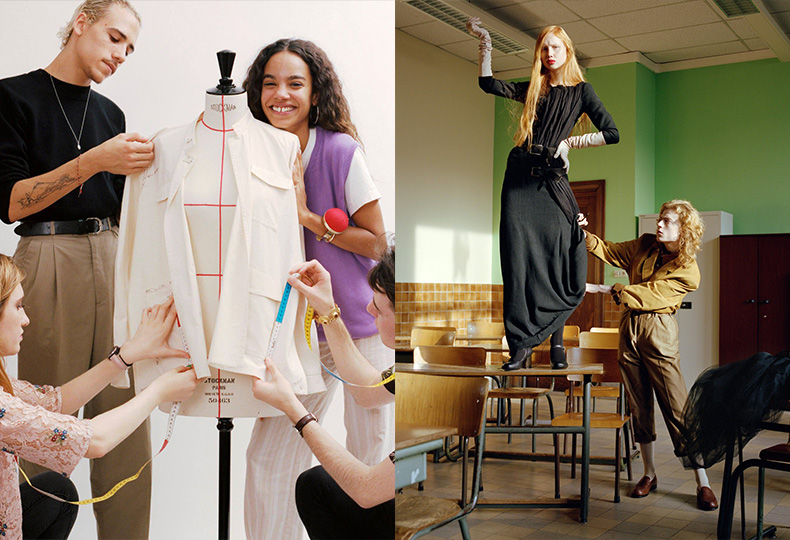
In the same 2017, another educational program for young designers was launched by the famous French Fashion House Saint Laurent. The program was designed in cooperation with French fashion Institute (IFM) and Ecole de la Chambre Syndicale de la Couture Parisienne. During the first month, the students will be given a course of lectures followed by vocational training at the Saint Laurent Headquarters. Instead of graduation paper, the students will be required to prepare the project and present it to their teachers and other brand officers. The program is mainly focused on designing of fashionable cloths from environmentally friendly materials and fashion innovations, which is current on top of trends.
The School of Jewelry Arts, Van Cleef & Arpels
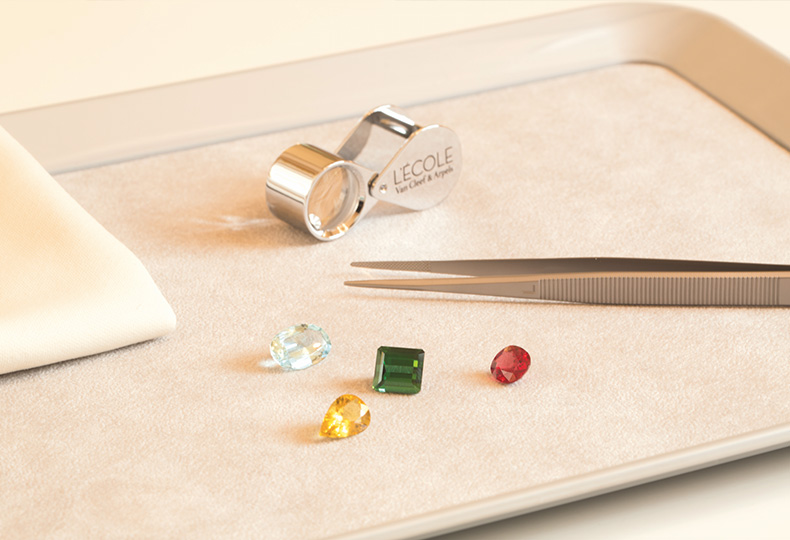
Opened in 2012, the Paris school of jewelry arts is a project by French-based Van Cleef & Arpels Masion. The classes are intended for general public and are delivered both in French and in English. The program duration vary significantly from small lections lasting only between 2,5 and 4 hours to more extensive courses, including special educational events for kids. Besides from theoretical lectures (such as those on history of jewelry art or diversity of precious gems), the grogram naturally includes a range of practical classes, where the visitors may learn, for example, to draw layouts of future pieces of jewelry, work with enamel and create wax models for farther casting. The subjects are taught by Van Cleef & Arpels jewelers with many years of professional experience. From time to time, the school also holds outreach sessions abroad, including Dubai, Hong Kong and Tokyo. The Tokyo session, for example, was dedicated to the art of kintsugi – restoration of jewelry using so called ‘golden glue’.
Embroidery Shop, Lesage
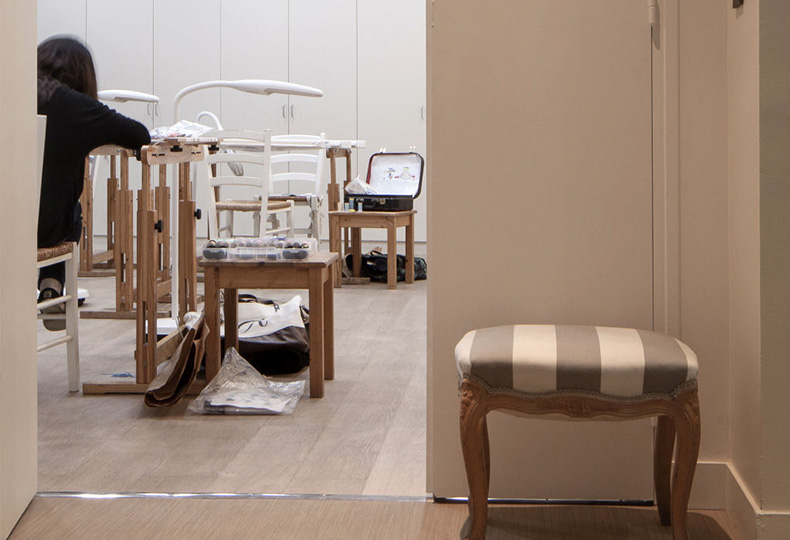
Maison Lesage’s School of embroidery was opened in 1992, long after the Embroidery Shop itself founded in 1924. Today Maison Lesage is a part of Masion Chanel, while its Embroidery School is annually visited by around 400 students, who come there to learn the secrets of traditional craft from all over the world. The training program is rather extensive and includes courses for both complete beginners and well-established professionals willing to enhance their expertise. The classes duration may range from short 6 hours-long to more extensive 18 hours-long courses. Besides that, the school regularly holds seminars and master classes with leading industry experts. The classes are delivered both in English and in French.